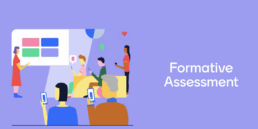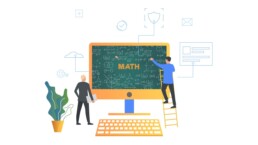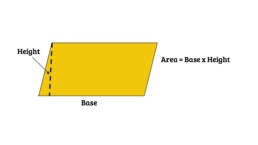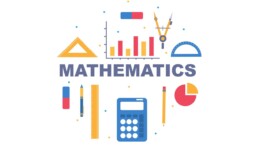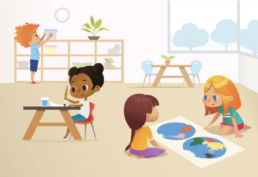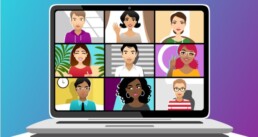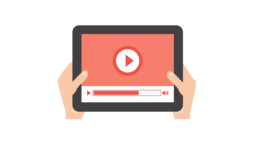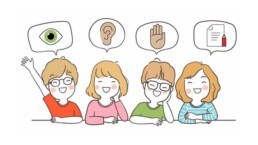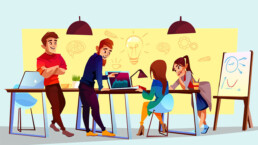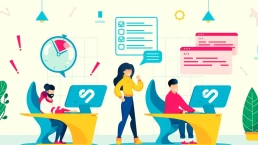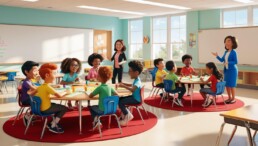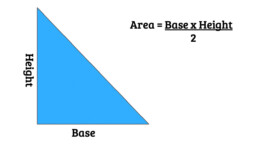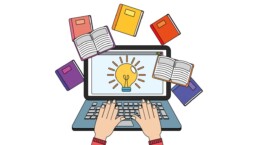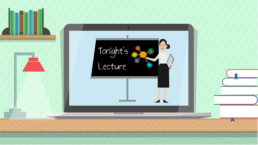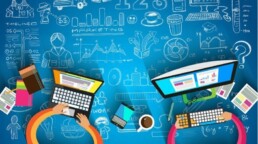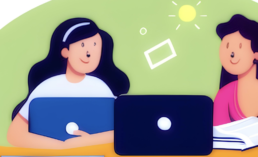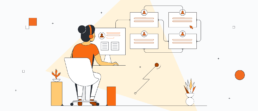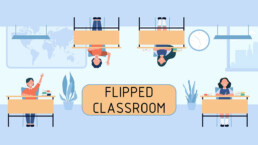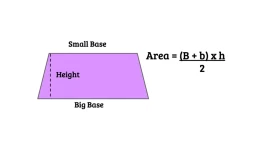How Technology is Transforming Education
Introduction
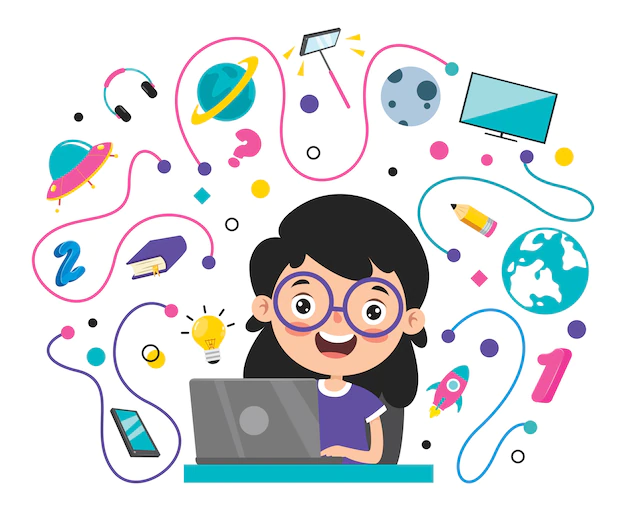
It’s no secret that technology has changed the way we live, work, and play, and education is no exception. Thanks to advances in digital learning tools and curriculum, students today have access to a more engaging and interactive learning experience than ever before. Here’s a look at how education is changing to incorporate a more digitized, hands-on learning experience.
Online Lectures
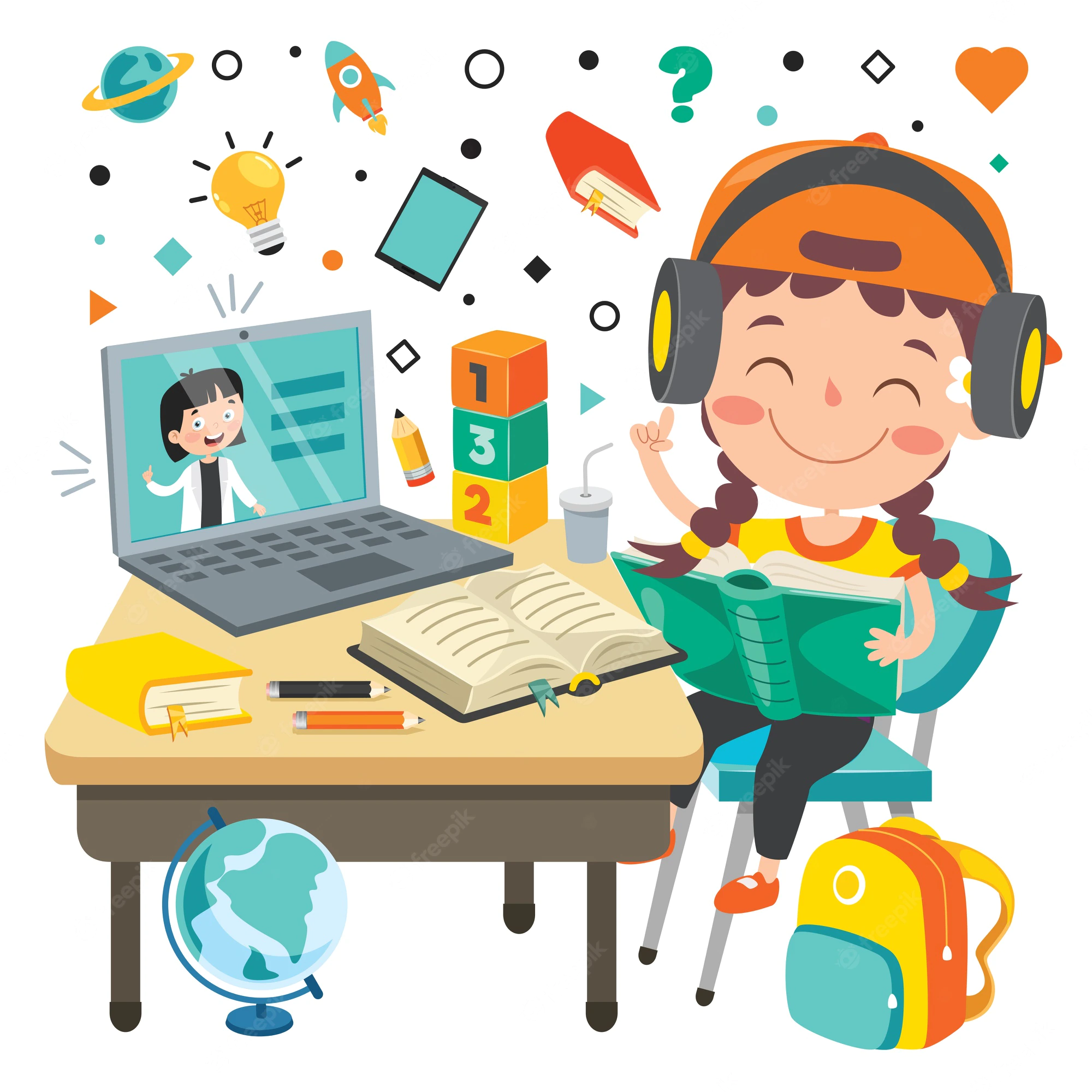
In the past, education was largely based on lectures where information was presented to students who then had to remember it and apply it on their own. However, with the advent of technology, there’s been a shift towards more interactive experiences where students can actively engage with the material and each other. This type of learning has been shown to be more effective in helping students retain information and build critical thinking skills.
On way to accomplish this is by assigning students online lessons to be completed at home. Online resources such as Khan Academy provide free, comprehensive courses on a variety of subjects that students can work through at their own pace. As these and other digital tools become more prevalent in classrooms across the country, we can expect to see an increase in student engagement and achievement.
Digital Learning Tools
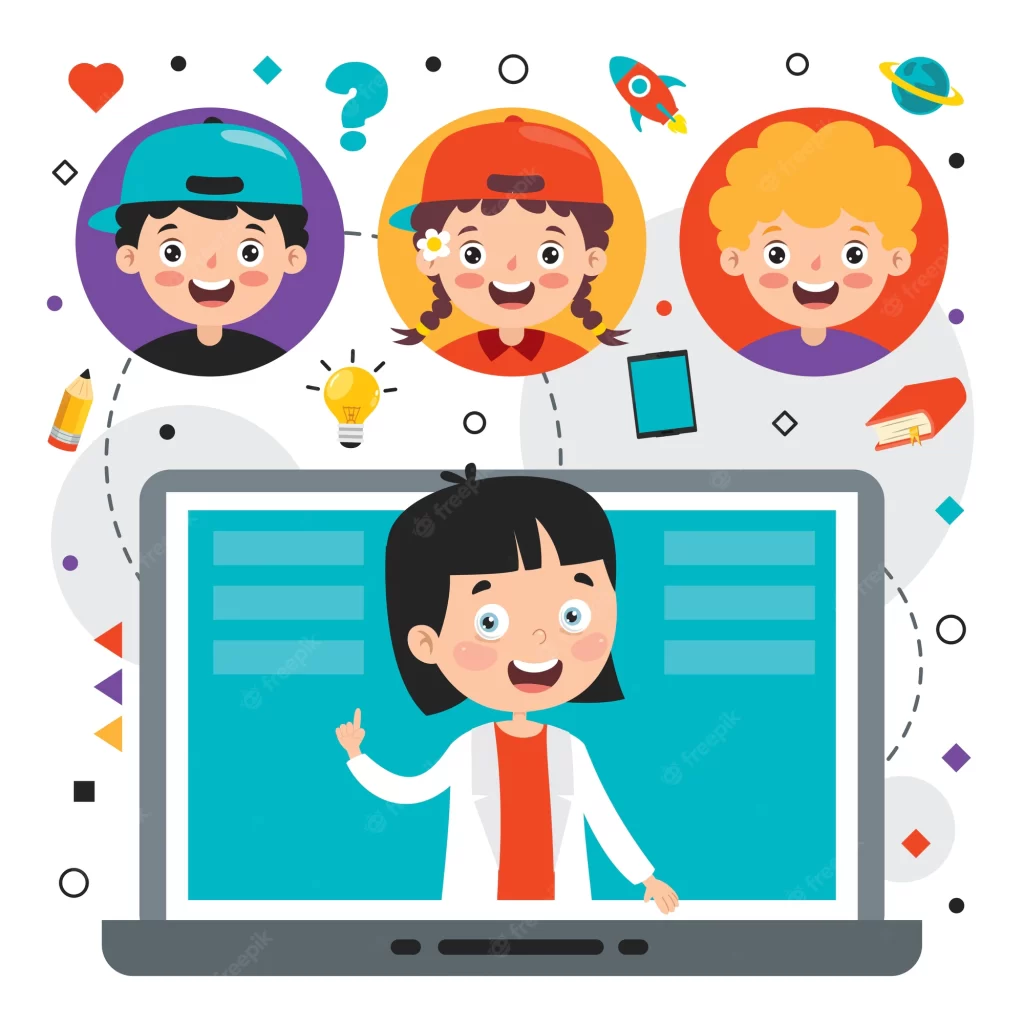
As the world becomes increasingly digitized, it’s important for students to develop strong digital literacy skills. This means being able to use technology not only for research and writing but also for communication, collaboration, and problem-solving. Fortunately, there are now many tools and resources available to help teachers teach these important skills.
From online resources and apps, to tablets and e-books, there are a variety of digital tools that teachers can use to supplement traditional instruction and help students better engage with course material. For example, many math apps and websites now offer step-by-step tutorials and practice problems that guide students through complex concepts, making them more accessible than ever before.
Hands-On Learning Experiences
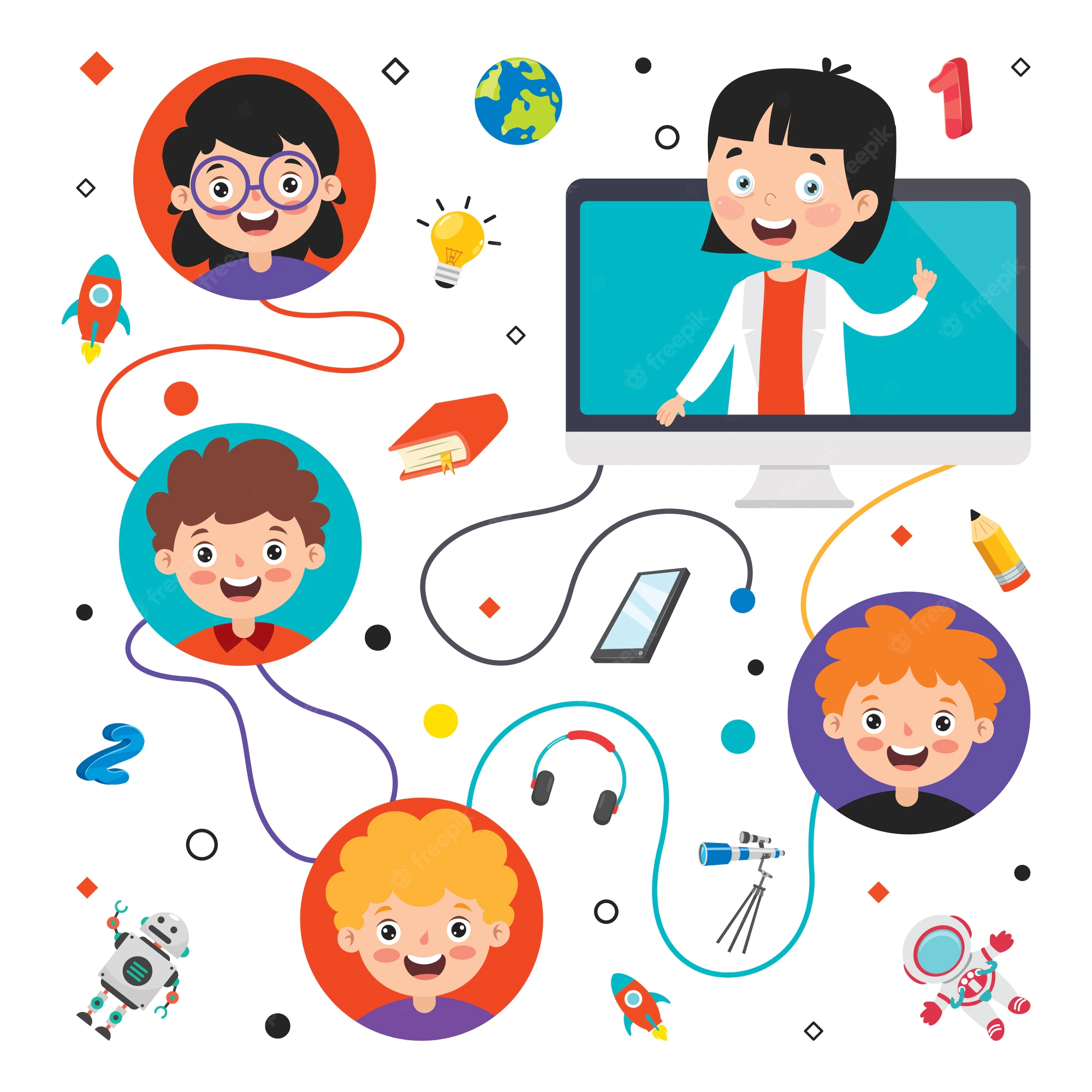
In addition to providing students with new ways to engage with course material, technology is also giving educators the opportunity to incorporate more hands-on learning experiences into their classrooms. Through the use of simulations, virtual reality experiences, and other computer-based activities, students can now explore difficult concepts in a safe and controlled environment.
For example, students studying anatomy can now dissect virtual cadavers using an app like Exo Anatomy VR, while those studying physics can experiment with different variables in an online simulation. These types of hands-on learning experiences are not only enjoyable for students but also highly effective in helping them retain information and develop critical thinking skills.
Another way of accomplishing a more active learning environment is by introducing the Flipped Learning Model. With a Flipped Learning approach students spend class time discussing concepts amongst each other. This new way of learning promotes collaboration, critical thinking and much more!
Conclusion
There’s no doubt that technology is transforming education. Thanks to advances in digital learning tools and curriculum, students today have access to a more engaging and interactive learning experience than ever before. This shift towards a more digitized, hands-on approach to education is sure to have a positive impact on student engagement and achievement in the years to come.

